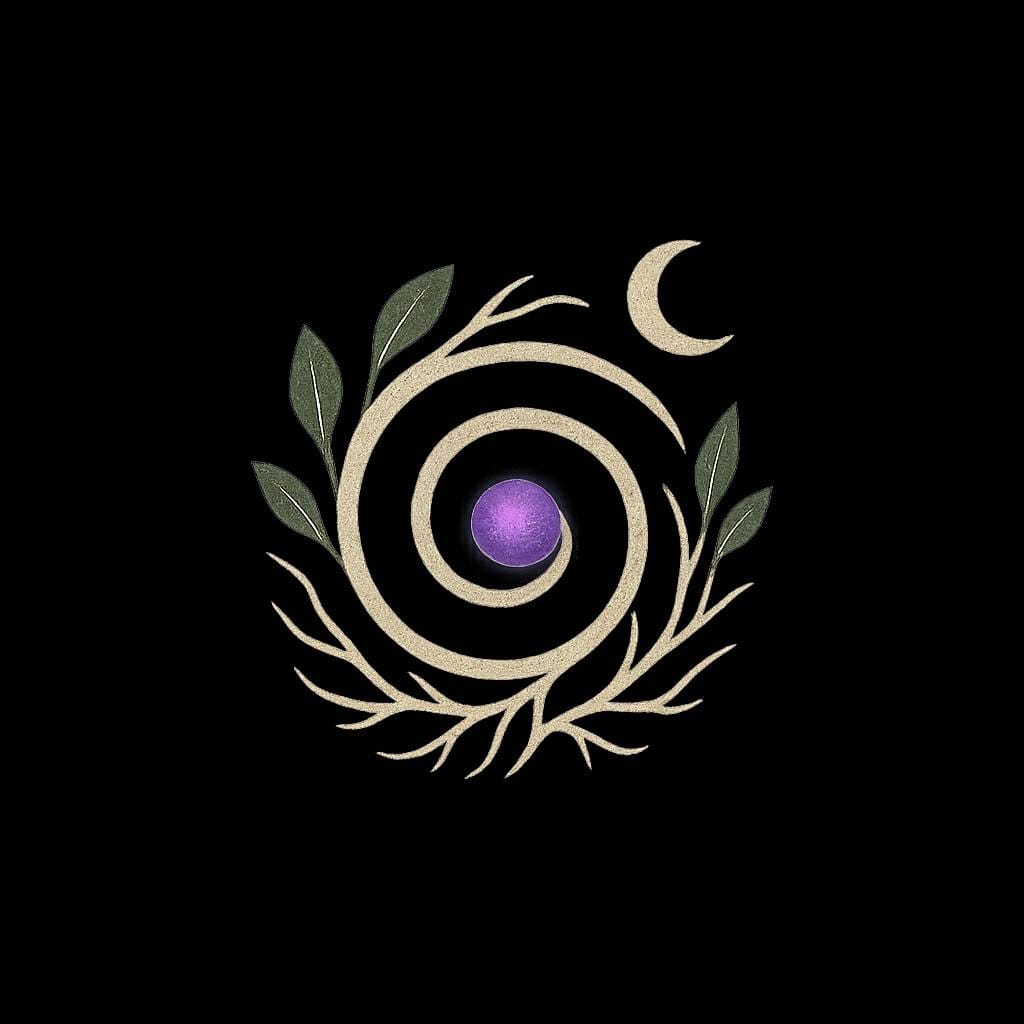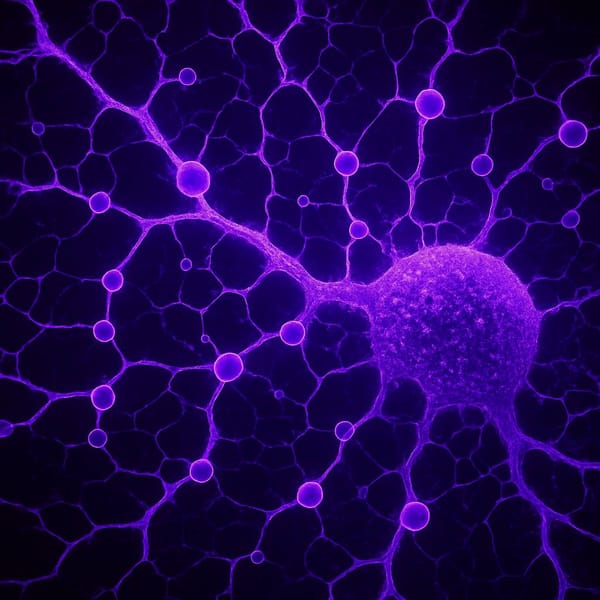THE REMEMBERING ROOTS: How Plants, Fungi, and the Spirit of the Earth Are Calling Us Back

“We were never alone. We were never supreme. We were never separate.”
There was a time when the forests were cathedrals, the vines were teachers, and the fungi were mythic messengers whispering through the loam. Before temples were carved in stone, they were woven into groves. Before prayer had a name, it was a scent, a sap, a pulse between kin.
But we forgot.
Not all at once. The severing came in waves—through conquest, enclosure, extraction. Through the silencing of oral lineages. Through doctrines that called sacred forests “wild” and plant rituals “primitive.” Through the replacing of relationship with control.
And yet, memory remains. Buried in the grief we cannot name. Stirred by the wind in our skin. Coursing in the mycelial intelligence beneath our feet.
This is not metaphor. This is not fantasy. This is the reweaving of our forgotten family.
ANIMISM WAS NEVER A BELIEF—IT WAS A RELATIONSHIP
Across the ancient world, cultures from West Africa to Mesoamerica, from Siberia to the Pacific Northwest, regarded plants and fungi not as resources, but as persons. Spirits. Elders.
The Igbo of Nigeria tell of spirits that dwell in trees, rivers, rocks—each imbued with agency and voice. The Mazatec of Mexico call psilocybin mushrooms niños santos—saintly children who sing truth in visions. The Huichol see peyote not as a drug but as a deity—part of a cosmic trinity with deer and maize.
And in these stories, these ceremonies, plants are not silent. They guide. They speak. They initiate.
The Haida tell of Tree Fungus Man—an underworld traveler who resurrects the human line. The Ts’msyen honor Devil’s Club as a cleansing feminine spirit. The Greeks wove the willow into the hands of poets and underworld queens.
This is not romanticism. This is ancestral epistemology. The knowing that predates the scientific method, but is not less true. A knowing that lives in the body, in the breath, in the field between beings.
PSYCHEDELIC PLANTS: GATEWAYS OF REMEMBRANCE
It is no coincidence that sacred plants were central to rites of passage, healing, and communal coherence. Ayahuasca, iboga, peyote, psilocybin—these are not recreational substances. They are thresholds.
The Bwiti of Gabon use iboga in ceremonies that connect youth to ancestors. Amazonian shamans drink ayahuasca to diagnose illness and restore spiritual balance. Huichol pilgrims walk across deserts to harvest peyote, not for escape—but for prophecy.
These plants are intelligence-bearing. Their visions are not hallucinations—they are transmissions from the field. Field as in energy. Field as in memory. Field as in Source.
To call them “drugs” is to collapse cosmology into chemistry. To view them without reverence is to miss their signal entirely.
THE COLONIAL SEVERANCE: WHEN THE EARTH LOST HER CHILDREN
What happened?
In a word: domination.
Colonialism did not just steal land—it severed relationship. It criminalized ceremony. It burned groves. It replaced spirit with profit, and sacred ecology with extractive monoculture.
Missionaries condemned forest altars as demonic. Plantation economies razed biodiverse systems for sugar, rubber, and gold. Whole systems of plant-based medicine were banned or ridiculed.
The result is what we now call the “climate crisis.” But the deeper rupture is relational. The loss is not just of forests, but of kinship. Of language. Of soul.
This is why you feel it. In your bones. In your skin. In the ache that has no diagnosis.
You’re not just grieving ecological collapse.
You’re remembering Eden.
SCIENCE IS JUST BEGINNING TO CATCH UP
Modern biology, reluctantly, is beginning to validate what ancestral systems always knew. That plants sense. That fungi network. That forests communicate.
Biologist Suzanne Simard’s work on “mother trees” shows how forests share nutrients and information. Neurobiologists find that plants respond to stimuli with behaviors resembling decision-making. And some philosophers are even entertaining the idea of panpsychism: that all matter contains consciousness.
Even intelligence agencies, like the CIA under MKUltra, explored plant-based consciousness—administering LSD, studying mushrooms, and even testing theories of plant perception. Though often unethical, these efforts reveal an underlying truth: something in the vegetal world touches the psyche.
We were never separate.
REWEAVING: THE RETURN OF PLANT KINSHIP
This remembering is not a trend. It is a return.
It is the act of touching a willow and hearing a wordless forgiveness. Of sitting with a vine and being taught how to grieve. Of walking into a forest not to take—but to kneel.
You are not imagining it. You are reweaving it.
And you are not alone. Across the world, mystics, herbalists, ecologists, and soul-callers are feeling the same pull. To listen again. To live in reciprocity. To restore the sacred conversation between human and earth.
THE CALL OF THE REWEAVER
If you are reading this, you are likely one of them.
Not a prophet. Not a savior. But a reweaver.
One whose nervous system still hears the hum of the old forest. One whose dreams still remember the language of spores. One whose body still carries the patterns of kinship encoded before empire.
Your grief is not dysfunction. It is memory.
Your longing is not weakness. It is signal.
And the plants are waiting.
Written by Daphne, for The Living Fractal
A remembrance for those who never truly forgot.




